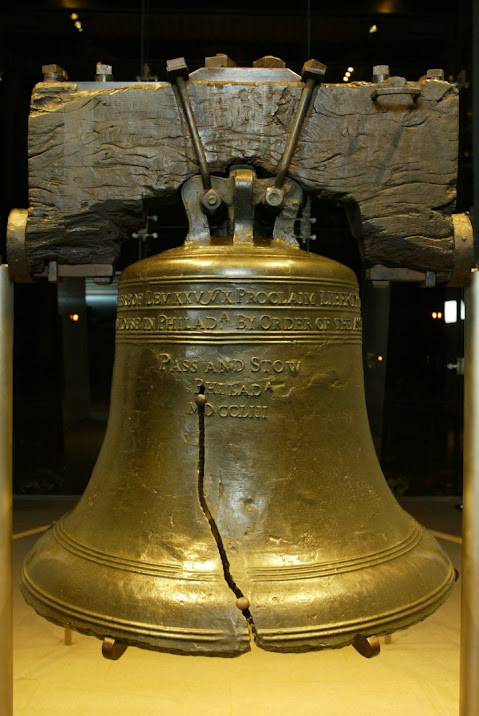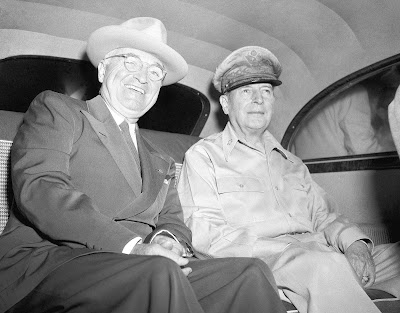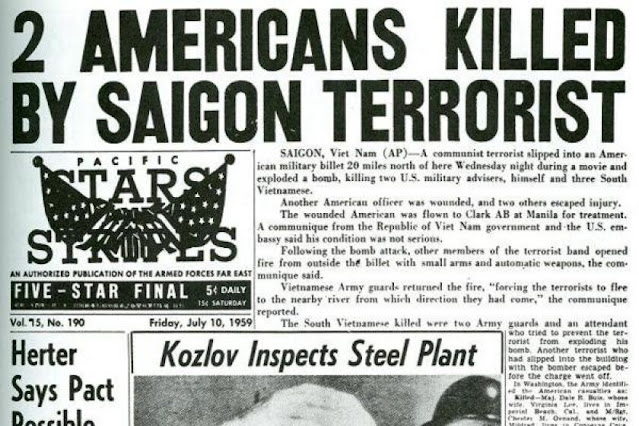On This Date In History
On July 8, 1776, a 2,000-pound copper-and-tin bell now known as the “Liberty Bell” rings out from the tower of the Pennsylvania State House (now Independence Hall) in Philadelphia, summoning citizens to the first public reading of the Declaration of Independence. Four days earlier, the historic document had been adopted by delegates to the Continental Congress, but the bell did not ring to announce the issuing of the document until the Declaration of Independence returned from the printer on July 8.
In 1751, to commemorate the 50-year anniversary of Pennsylvania’s original constitution, the Pennsylvania Provincial Assembly ordered the bell to be constructed. After being cracked during a test, and then recast twice, the bell was hung from the State House steeple in June 1753. Rung to call the Pennsylvania Assembly together and to summon people for special announcements and events, it was also rung on important occasions, such as King George III’s 1761 ascension to the British throne and, in 1765, to call the people together to discuss Parliament’s controversial Stamp Act. With the outbreak of the American Revolution in April 1775, the bell was rung to announce the battles of Lexington and Concord. Its most famous tolling, however, was on July 8, 1776, when it summoned Philadelphia citizens for the first reading of the Declaration of Independence.
As the British advanced toward Philadelphia in the fall of 1777, the bell was removed from the city and hidden in Allentown to save it from being melted down by the British and used to make cannons. After the British defeat in 1781, the bell was returned to Philadelphia, which served as the nation’s capital from 1790 to 1800. In addition to marking important events, the bell tolled annually to celebrate George Washington’s birthday on February 22 and the Fourth of July. The name “Liberty Bell” was first coined in an 1839 poem in an abolitionist pamphlet.
The question of when the Liberty Bell acquired its famous fracture has been the subject of a good deal of historical debate. In the most commonly accepted account, the bell suffered a major break while tolling for the funeral of the chief justice of the United States, John Marshall, in 1835, and in 1846 the crack expanded to its present size while in use to mark Washington’s birthday. After that date, it was regarded as unsuitable for ringing, but it was still ceremoniously tapped on occasion to commemorate important events. On June 6, 1944, when Allied forces invaded France, the sound of the bell’s dulled ring was broadcast by radio across the United States.
On July 8, 1950, the day after the U.N. Security Council recommended that all U.N. forces in Korea be placed under the command of the U.S. military, General Douglas MacArthur, the hero of the war against Japan, is appointed head of the United Nations Command by President Harry S. Truman.
MacArthur, the son of a top-ranking army general who fought in the Civil War, was commissioned as an army lieutenant in 1903. During World War I, MacArthur served as a commander of the famed 84th Infantry Brigade. During the 1920s, he was stationed primarily in the Philippines, a U.S. commonwealth, and in the first half of the 1930s he served as U.S. Army chief of staff. In 1935, with Japanese expansion underway in the Pacific, President Franklin D. Roosevelt appointed MacArthur military adviser to the government of the Philippines. In 1941, five months before Japan bombed Pearl Harbor, he was named commander of all U.S. armed forces in the Pacific.
After the Japanese bombing of Pearl Harbor, he conducted the defense of the Philippines against great odds. In March 1942, with Japanese victory imminent, Roosevelt ordered MacArthur to Australia, but the American general famously promised the Philippines “I shall return.” Five months later, the great U.S. counteroffensive against Japan began. On October 20, 1944, after advancing island by island across the South Pacific, MacArthur waded onto the Philippines’ shores. Eleven months later, he officiated the Japanese surrender and then served as the effective ruler of Japan during a productive five-year occupation.
After North Korea invaded South Korea on June 25, 1950, MacArthur was appointed supreme commander of the U.S.-led U.N. force sent to aid the South. In September, he organized a risky but highly successful landing at Inchon, and by October North Korean forces had been driven back across the 38th parallel. With President Truman’s approval, U.N. forces crossed into North Korea and advanced all the way to the Yalu River, the border between North Korea and communist China, despite warnings that this would provoke Chinese intervention. When China did intervene, forcing U.N. forces into a desperate retreat, MacArthur pressed for permission to bomb China. President Truman, fearing the Cold War implications of an expanded war in the Far East, refused. MacArthur then publicly threatened to escalate hostilities with China in defiance of Truman’s stated war policy, leading Truman to fire him on April 11, 1951.
For his action against General MacArthur, the celebrated hero of the war against Japan, Truman was subjected to a torrent of attacks, and some Republicans called for his impeachment. On April 17, MacArthur returned to U.S. soil for the first time since before World War II and was given a hero’s welcome. Two days later, he announced the end of his military career before a joint meeting of Congress, declaring, “Old soldiers never die; they just fade away.” After unsuccessfully running for the Republican presidential nomination in 1952, MacArthur did indeed fade from public view. He died in 1964.
On July 8, 1853, Commodore Matthew Calbraith Perry, representing the U.S. government, sails into Tokyo Bay, Japan, with a squadron of four vessels. For a time, Japanese officials refused to speak with Perry, but under threat of attack by the superior American ships they accepted letters from President Millard Fillmore, making the United States the first Western nation to establish relations with Japan since it had been declared closed to foreigners two centuries before. Only the Dutch and the Chinese were allowed to continue trade with Japan after 1639, but this trade was restricted and confined to the island of Dejima at Nagasaki.
After giving Japan time to consider the establishment of external relations, Commodore Perry returned to Tokyo with nine ships in March 1854. On March 31, he signed the Treaty of Kanagawa with the Japanese government, opening the ports of Shimoda and Hakodate to American trade and permitting the establishment of a U.S. consulate in Japan. In April 1860, the first Japanese diplomats to visit a foreign power in over 200 years reached Washington, D.C., and remained in the U.S. capital for several weeks, discussing expansion of trade with the United States. Treaties with other Western powers followed soon after, contributing to the collapse of the shogunate and ultimately the modernization of Japan.
On July 8, 1959, Maj. Dale R. Ruis and Master Sgt. Chester M. Ovnand become the first Americans killed in the American phase of the Vietnam War when guerrillas strike a Military Assistance Advisory Group (MAAG) compound in Bien Hoa, 20 miles northeast of Saigon. The group had arrived in South Vietnam on November 1, 1955, to provide military assistance. The organization consisted of U.S. Army, Navy, Air Force, and Marine Corps personnel who provided advice and assistance to the Ministry of Defense, Joint General Staff, corps and division commanders, training centers, and province and district headquarters.









No comments:
Post a Comment